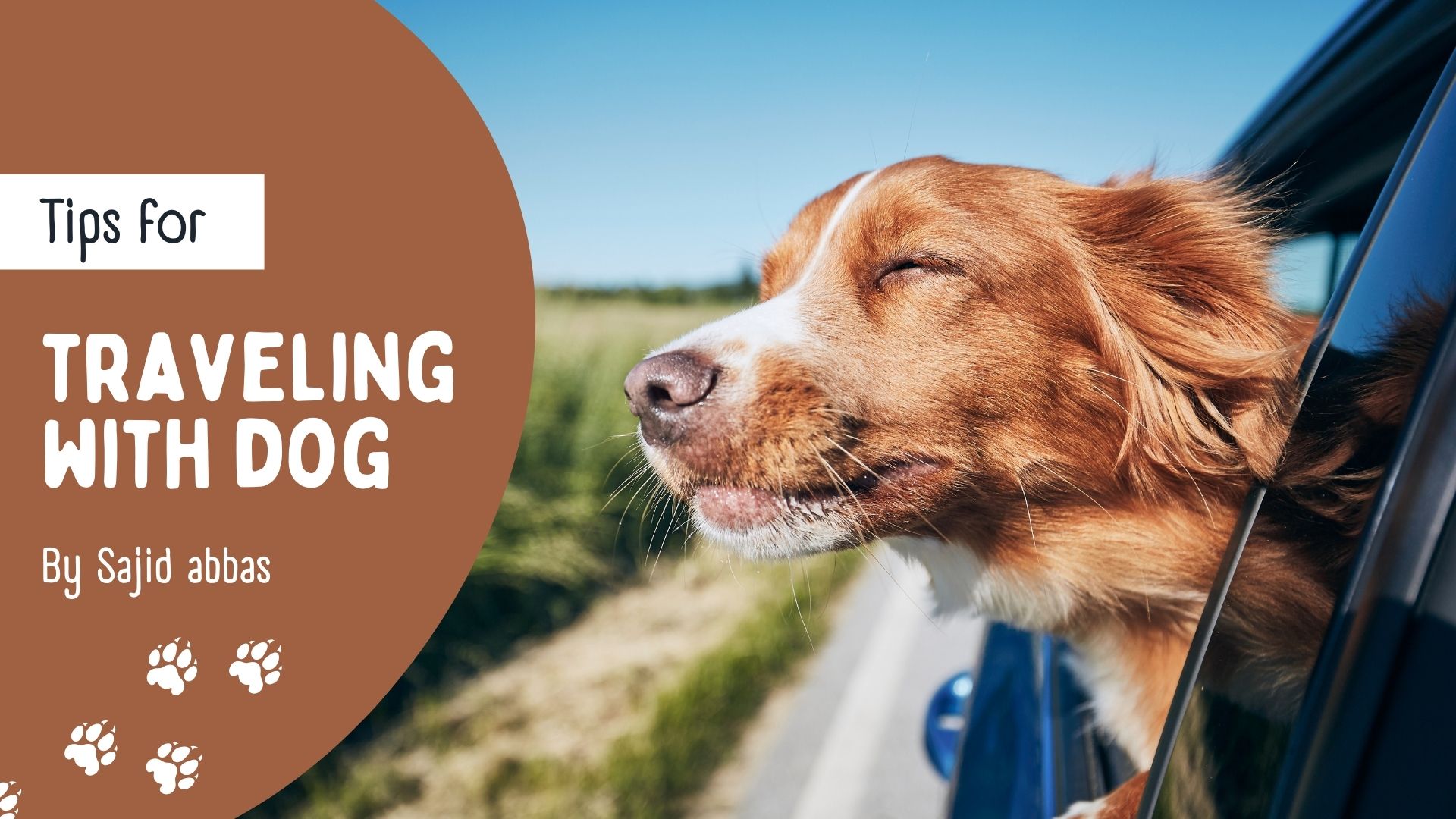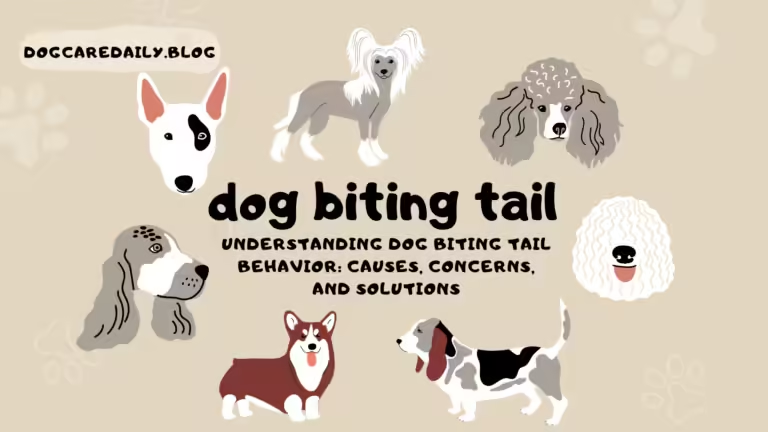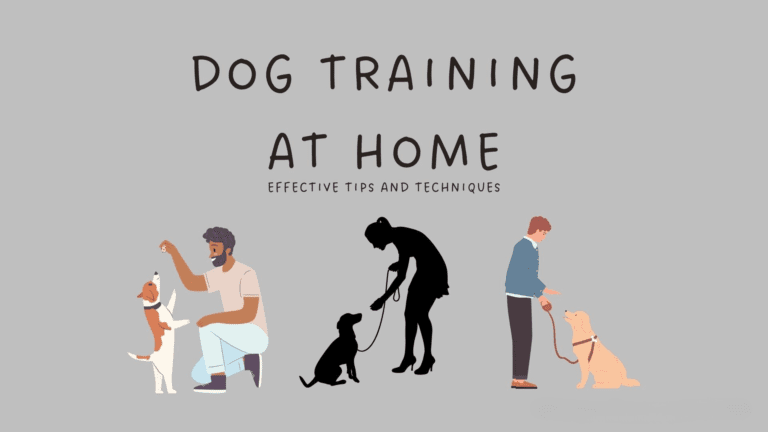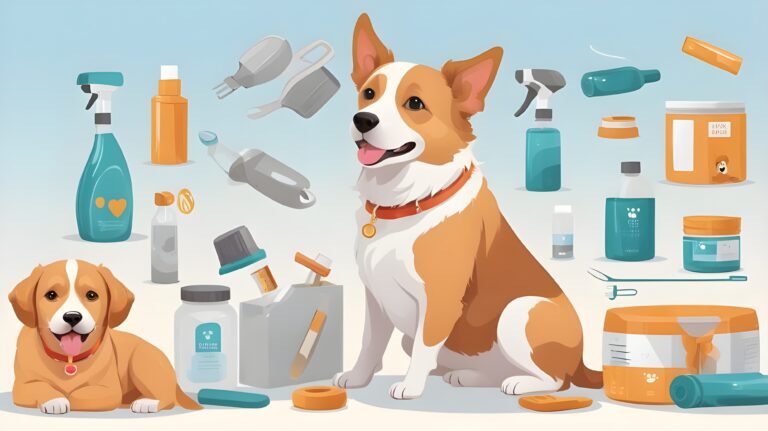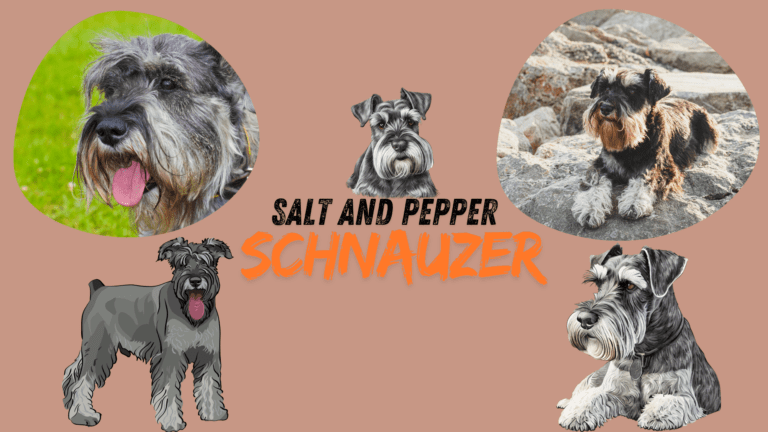How to Travel with a Dog Safely: Tips and Tricks
Traveling with a dog is the most thrilling adventure you could ever have, particularly since you should provide thorough care and planning to make sure that your and your adorable pet’s trip goes well. Whether you are traveling across the country, flying, or taking a longer trip, there are several important matters you should consider. All this and much more for you in this guide with the most important tips and tricks about how to travel with your dog and enjoy your trip comfortably and without stress.
Before taking your dog on a trip, be sure to discuss all aspects of his care needs. Read also about essential dog care tips for new owners to be sure your dog will be perfectly ready for any trip.
1. Plan Ahead for Your Dog’s Comfort and Safety
You should have a proper plan before you leave the house. Just make sure that the plan accommodates some flexibility so you will not miss anything for your dog. You can include some of the following:
- Learn about Your Destination: Not all places allow dogs. Be sure that the place you are heading to accepts pets and that there are spots that can provide pet-friendly accommodations, parks, and activities.
- Visit the Vet: When planning to travel with your dog, first consider getting a pre-trip vet check-up. Get your dog healthy and ensure that they are all up to date on vaccinations and fit to travel. Ask your vet if your pet will need special medications or treatments, such as motion sickness pills.
- Identification: Place identification tags on your dog’s collar with updated contact information. In this area, too, microchipping a dog will work well in their favor if they stray away.
2. Kit Bag for Your Dog
Pack that suitcase, but for your dog. Just as you take a kit bag for yourself on a vacation, your dog has a kit bag of his or her own. Let’s get started by ticking off this checklist:
- Food and Water: Supply enough food for the entire trip as your dog may react poorly to unfamiliar brands. Collapsible feeding bowl for easy transportation; fresh water should always be available, especially in hot weather.
- Leash and Collar: Even though your dog is quite well-trained, it’s always a good idea to maintain a leash for safety purposes at unknown surroundings.
- Trash Bags: Be sure to pick up after your dog, whether in the woods or in the city. Pack sufficient trash bags.
- Comfort Items: Comfort items such as a blanket, toys, or your dog’s bed may help comfort them in an unfamiliar environment.
- Medications and First-Aid Kit: The first of the tips you should know is that your dog, if on prescription medication, will need these on the entire duration of the trip. There are several things you might need on a trip with your dog: Bring a dog-specific first aid kit, including bandages, antiseptic wipes, and medications your veterinarian recommends.
3. Travel by Car: Preparing for a Safe Road Trip
During traveling in the car, there are some general strategies for keeping the dog safe and comfortable.
- Secure Your Dog: Let your dog run about in the car. Instead, use a pet seatbelt harness, travel crate, or dog seat cover with barriers. Probably one of the safest methods of going by car with your dog is by keeping him/her in a crate, minimizing every distraction that is likely to ensue from letting the dog roam free, and holding him/her in place if the vehicle should suddenly stop.
- Take Frequent Breaks: Dogs need their legs stretched and to relieve themselves, so you will need to stop every 2-3 hours. It also gives them a mental break from the car ride.
- Temperature Control: Never leave your dog alone in a hot or cold car. Cars can get exceptionally hot in the summer, indeed if the windows are a small open.
- Familiarization: If your pet has not been used to car travel, then you start with shorter trips before the dates of your holiday. The length of the trip should be gradually increased so it would not create problems for them to travel long distances.
4. Flying with Your Dog: What You Need to Know
Traveling with the help of an airplane with a dog is a bit more complicated than traveling in the car, but much can be prepared to make it quite safe and comfortable.
- Knowing the policy of your airline in relation to travelling with pets: Each airline is specific in its requirements and rules when flying with dogs, mainly in terms of their size and breeds. Small dogs can often travel in cabin while larger dogs need to be cargoed. Additionally ensure you meet the requirements of your airlines crate size.
- Prepare the Crate: If your dog will fly in the cargo hold, the crate should be of a size that will allow your dog to stand up, turn around, and lie down. Attach contact information on the crate so the airlines and staff will be able to contact you in case of emergencies. You can also put something to calm them down inside such as a blanket or favorite toy.
- Pre-Flight Exercise: Tire the dog sufficiently before flying so as to reduce possible stress created during the flight. The more an exercised dog is fed up, the better they sleep on the trip.
- Do Not Sedate: Although it would seem as if sedating your dog would keep him calm, it would make him more susceptible to breathing problems, especially in the high altitudes of an airplane. Always consult your vet before you give your dog some medicines for traveling.
5. Dealing with Canine Anxiety and Motion Sickness
Traveling could cause anxiety or motion sickness in a few dogs. Here are some methods that might control these issues:
- Gradual Exposure: Gradual exposure to either the car or plane can also be helpful if your dog experiences anxiety. Let your dog get familiar with the space in your car or crate at home before you take some short trips and eventually take off to a longer journey.
- Natural Remedies: Natural remedies include various products such as pheromone sprays or calming collars, while others claim CBD oil reduces the stress your dog may feel while traveling.
- Feed Light Before Traveling: If your dog has motion sickness, withhold feeding him a huge meal before traveling. A light snack 2-3 hours prior to traveling should be enough.
- Consult Your Vet: However if the motion sickness or anxiety level is extreme, you can consult your vet to prescribe any anti-nausea medicine or mild sedatives for keeping your calm dog.
6. Staying at Pet-Friendly Accommodations
Book pet-friendly places well in advance because these places seem to fill up quickly. Here are some additional tips to make your stay even better:
- Check if They Allow Pets Before You Book the Room: You can ask to check if they allow pets before you book the room. Some hotels or rentals have extra fees for additional numbers of dogs, size of dog, and so on.
- Respect the Space: Ensure your dog is not barking too much or making a mess. With your crate, your dog will stop barking and no more potential messes will happen.
- Prepare a Safe Space: Place him to sleep in an area where he feels safe and is pleasant to him, with his favorite bed and toys, where he will stay.
7. Do Outdoor Adventures: Hike, Camp, and Explore
If you’re going to hike or camp, here are a few specific needs to keep your pup safe:
- Leash Laws: Generally most hiking trails and parks allow off-leash hiking dogs, but many still require your dog to be on leash. In off-leash areas, though, it’s a good idea to keep your dog relatively close so they don’t get too far from you and run into some wildlife.
- Pack a Little More Water, Just in Case: Dogs can overhear easily when spending more time outdoors. Always carry more water with your pet and a portable bowl.
- Check for Ticks and Pests: It is quite natural to have your dog checked for ticks, burrs, or other pests after spending hours in nature. Pre-emergence treatment with flea and tick prevention products would be a wise move before your trip.
Conclusion
Traveling with your dog can be an absolute pleasure if safety and comfort are always prioritized. These tips and tricks—whether in a car, air, or the great outdoors—baseline needs to be covered so as to ensure that your dog travels with you happily, healthy, and prepared for the journey ahead. From packing to anxiety management to finding pet-friendly accommodations, this makes all the difference in travel.
Frequent Questions (FAQs)
Q1: Can I bring my dog to a road trip if he is not fond of traveling?
Yes, but first give short trips for them to get accustomed to the car.
Q2: Do I feed my dog right before flying?
Feed your dog a light meal 2-3 hours ahead of the scheduled flight to prevent vomiting or motion sickness.
Q3: What can I do for my travel-anxious dog?
Try some home remedy, natural calming products, or discuss medication options with your vet.
Q4: Will my dog be allowed to fly in the cabin with me?
Small dogs are typically allowed in the cabin. Generally, larger dogs must be shipped cargo.
Q5: After how much hours of driving should I stop during a car trip with my dog?
I must make sure to stop every 2-3 hours at least so that my dog can stretch and exercise himself.
Q6: Could the dog be sedated so that it travels easily?
No, generally sedation is not recommended, and especially for flying. Since sedation may lead to respiratory problems.

